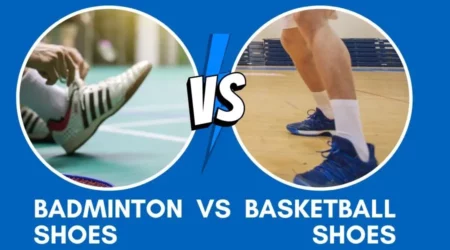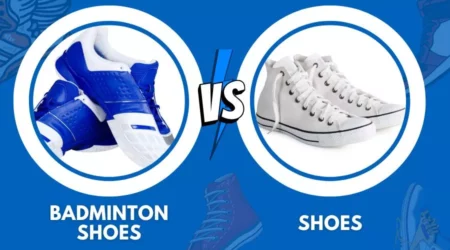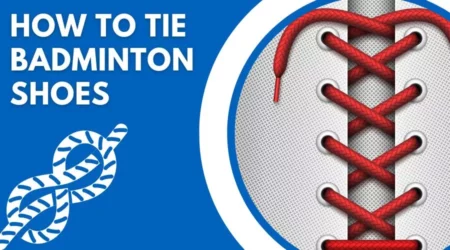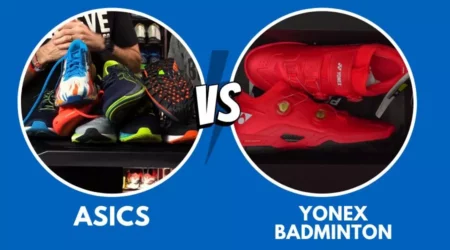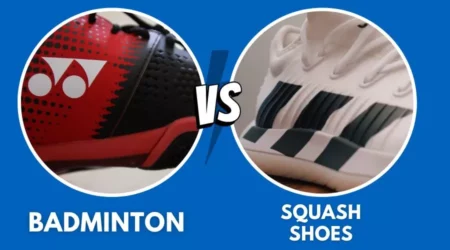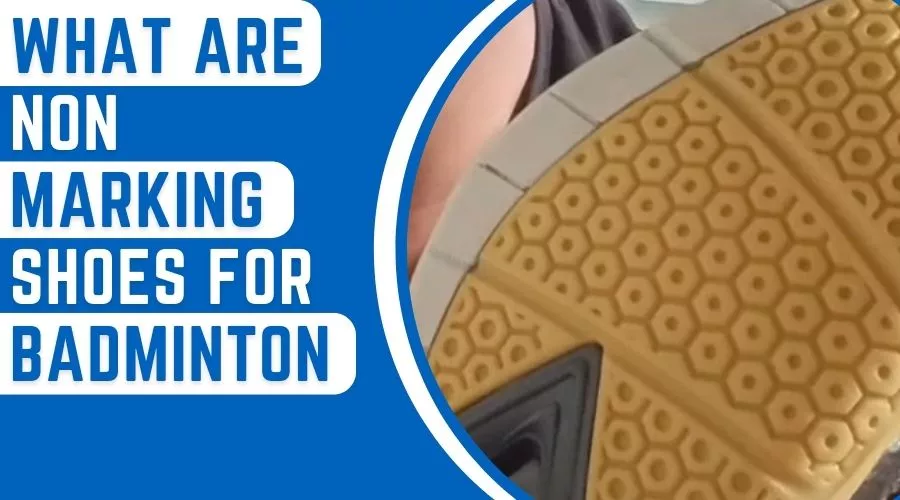
Badminton is a sport that requires a specific type of footwear, nonmarking badminton shoes.
These shoes are designed to provide the best possible grip for the court and to ensure players stay safe and comfortable during the game.
Non-marking badminton shoes are constructed from materials that won’t leave marks or scuff marks on the court, which can be necessary for league play.
They also feature a unique sole that provides extra grip, allowing players to move quickly and confidently around the court.
Not only that, but the shoes are designed to provide maximum comfort and support so that players can focus on the game.
With all these features, nonmarking badminton shoes are an essential piece of equipment for any serious badminton player.
What are nonmarking shoes for badminton?

Badminton is a popular game played by people of all ages and abilities. It is an immediate-paced game requiring a high fitness level and quick reflexes.
It is a very social game that can be played in large groups or one-on-one with a friend.
Badminton can be played outdoors or indoors on a special court with high ceilings to allow for the shuttlecock.
The court has a net in the center, which is used to return the shuttlecock to the other side of the court after a shot.
A match is played by two players or two pairs of players. The game aims to get the shuttlecock over the net and hit the floor on the other side. However, the shuttlecock must land inside the court.
Benefits of non-marking shoes
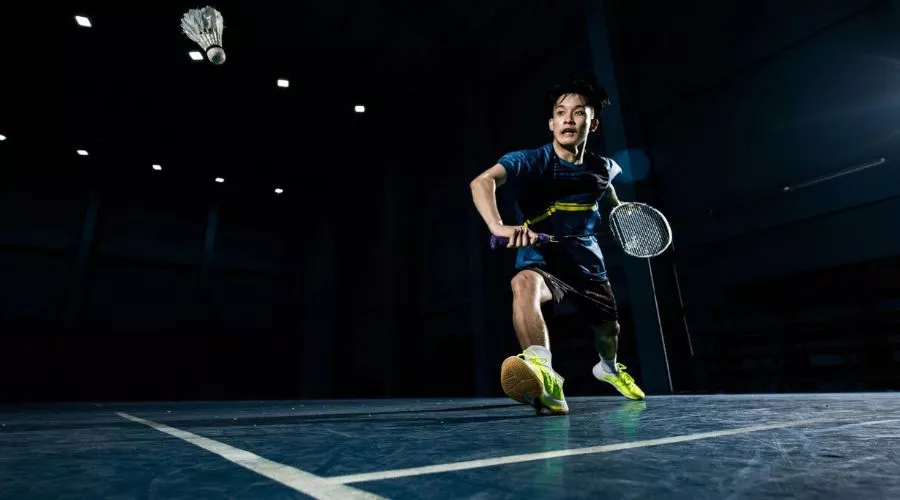
While regular running or tennis shoes will do just fine indoors, they will leave marks or scuff marks on the court, which can be a problem for league play.
Nonmarking badminton shoes are designed to provide the best possible grip for the court.
They are constructed from materials that won’t leave marks or scuff marks on the court and are essential for any serious badminton player.
However, the nonmarking badminton shoes are designed to provide maximum comfort and support, so players can focus on the game rather than how their feet feel.
With all these features, nonmarking badminton shoes are an essential piece of equipment for any serious badminton player.
Different types of nonmarking shoe
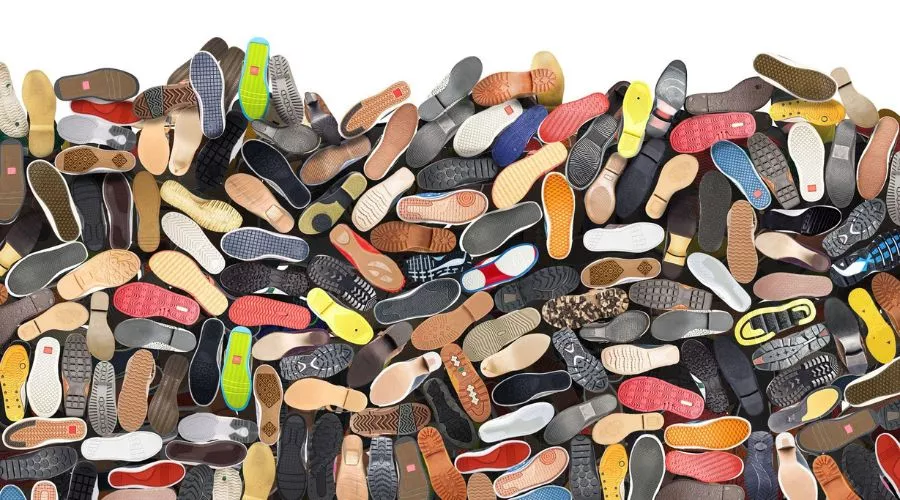
Nonmarking badminton shoes are available in many different styles and designs.
Traditionally, they are either white or black with a gum rubber sole and a grippy texture to ensure maximum grip on the court, even when it has been slightly watered down after the rain.
However, more and more nonmarking badminton shoes feature bright colors and stylish designs that allow players to express their style while on the court.
You can also purchase nonmarking badminton outdoor shoes, perfect for other outdoor sports, such as tennis and football.
They are made from durable materials that can withstand frequent use and are also great for everyday wear.
If you play badminton indoors, you will want to purchase indoor shoes and vice versa.
Features of non-marking shoes
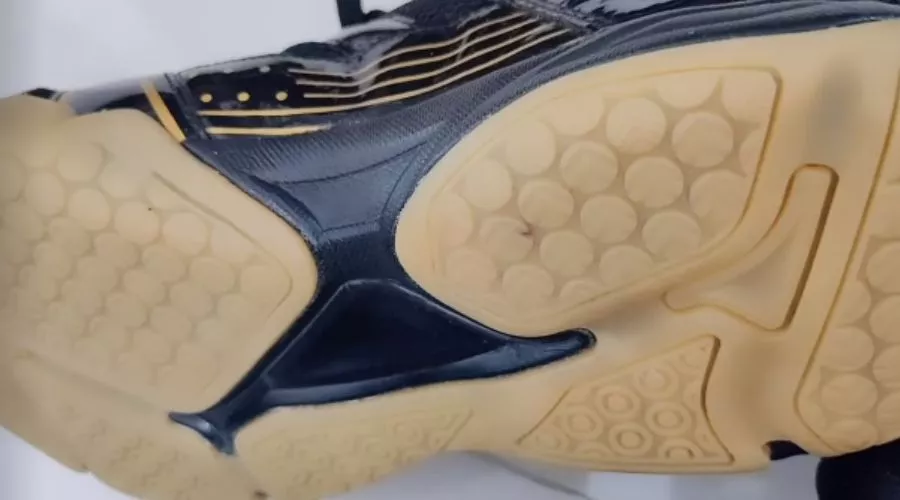
How to choose the right non marking shoe?
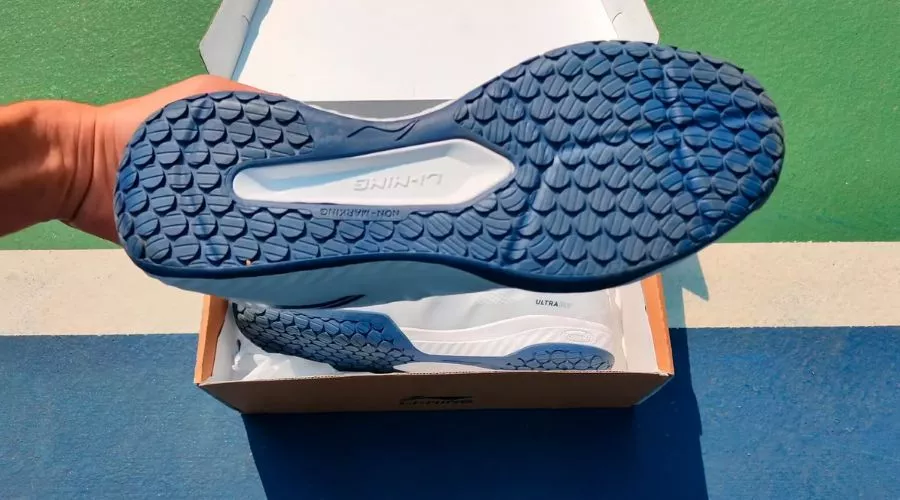
Choosing a suitable non-marking shoe is essential if you want to play badminton comfortably and remain safe on the court.
When you are choosing non-marking shoes, the first thing you need to do is make sure they are non-marking.
A non-marking shoe will have a rubber sole that won’t scuff or leave marks on the court. The next thing to consider is how well the shoe fits.
Badminton is a rapid-paced and physically demanding sport. You will run around the court for an extended period, so your shoe must fit properly.
It should be snug but not too tight or too loose. The shoe should support your foot without being too close.
Common mistakes when buying the non-marking shoe
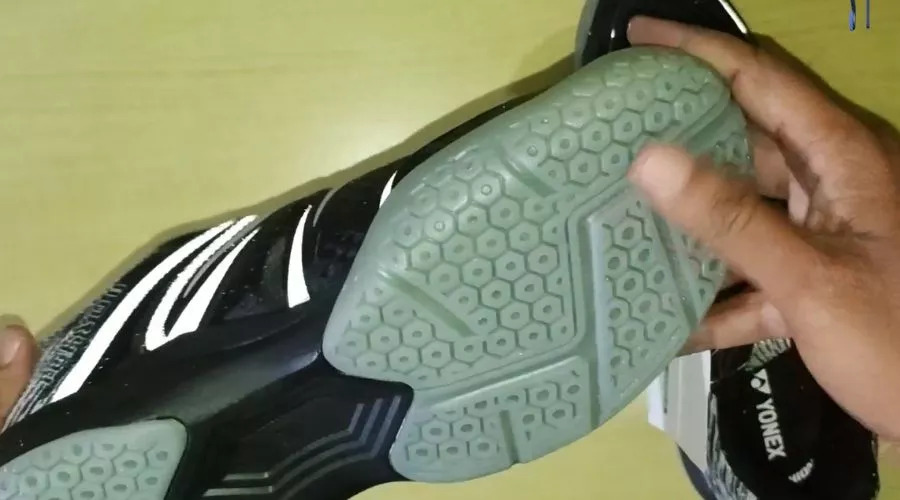
Choosing the wrong type of non-marking badminton shoes – There are different types of non-marking badminton shoes for other court conditions. If you choose the wrong kind of shoe for your court, you may risk scuffing the surface, which can lead to the cancellation of your games.
Tips for maintaining non-marking shoes

Maintaining nonmarking shoes is a great way to keep them looking great and lasting a long time. Here are some tips for keeping your non-marking shoes in tip-top shape:
1. Clean them regularly. It’s essential to clean your non-marking shoes regularly to keep them looking their best. Use a damp cloth and mild soap to wipe away dirt, mud, and other debris. If you have leather, non-marking shoes, you can use a leather cleaner or conditioner. Don’t forget to dry them off with a soft cloth afterward.
2. Polish your shoes. Regular polishing can help protect your shoes from dirt and wear and tear. Use a shoe polish specifically designed for the material your nonmarking shoes are made of (leather, suede, canvas, etc.). Apply them evenly and let them dry before you wear them.
3. Protect them from water damage. Even though they may be labeled as “nonmarking,” your shoes can still be affected by moisture or water damage. Make sure to use a waterproof spray or sealant before wearing them out in the rain or snow.
4. Store them properly. Store your shoes in a cool, dry place when you’re not wearing them. Avoid storing them near a heat source, such as a radiator or furnace, and make sure they are not stacked on top.
5. Replace the soles when needed. Nonmarking shoes can also benefit from having their soles replaced every few years to keep them looking new and comfortable. This is especially important for shoes made of more delicate materials, such as suede or leather.
These are just some tips for maintaining your nonmarking shoes, so they last longer and look better. Taking good care of your shoes will ensure you have them around for years to come!
FAQS
Do you need non-marking shoes for badminton?
Yes, you do need non-marking shoes for badminton. This is because badminton courts are usually made of glossy material, such as wood or synthetic flooring, and non-marking shoes will help to protect the court from damage. Without these shoes, you may leave marks and scuffs on the court surface, which can be difficult to remove.
Non-marking shoes also provide a better grip on the court surface, allowing you to move freely and quickly during a game. They also give you better control and stability when making quick turns and jumps. Additionally, non-marking shoes provide better cushioning and shock absorption, helping to reduce the risk of injury from sudden movements.
When shopping for non-marking badminton shoes, look for features like a breathable upper, a flexible sole, and good cushioning in the midsole. It’s also important to ensure they fit you properly, as badminton requires a lot of movement. Lastly, ensure that the shoe is designed specifically for badminton and not just for general court sports like basketball or tennis.
Overall, non-marking shoes are essential for playing badminton and will help you play better while protecting the court surface. So if you’re serious about playing badminton, ensure you get yourself a good pair of non-marking shoes!
What kind of shoes should I wear for badminton?
When picking out the right shoes for badminton, there are a few things to consider. First, you want to ensure you’re looking for shoes that provide good support and cushioning. Badminton requires a lot of quick movements and sudden stops, so you’ll want shoes that can help keep your feet and ankles stable and comfortable.
Second, you’ll want to ensure you’re looking for shoes with good grip. Badminton courts are typically made of wood or a synthetic surface, so you’ll want to make sure you have shoes with enough grip to help you move quickly and safely around the court.
Finally, you’ll want to look for lightweight shoes that still offer enough protection for your feet. You don’t want to be weighed down by heavy shoes when you’re moving around the court, but at the same time, you don’t want to sacrifice too much protection.
All in all, the best shoes for badminton will be lightweight, have good cushioning and support, and have a good grip. There are a lot of different brands and models out there, so it’s worth looking around and trying on a few pairs before making a decision.
Where are non-marking shoes used?
Non-marking shoes are a type of footwear that is designed to leave no marks on the floor when you walk. You may have seen them in many places, such as gymnasiums, basketball courts, and dance studios.
They are specially designed with a particular type of sole made from a softer material than traditional shoes. This softer material helps prevent scuff marks or scratches when the boots come in contact with a surface. The soft material also helps to cushion the impact of your feet on the ground, making them comfortable to wear.
It is primarily used in sports and recreational activities because they don’t damage the court or floor. They also help to reduce slipping, which can be dangerous in many sports, such as basketball, tennis, and squash. It may also be used by people who work around delicate surfaces, like museum curators or art gallery owners, to help protect the floors from scuff marks.

